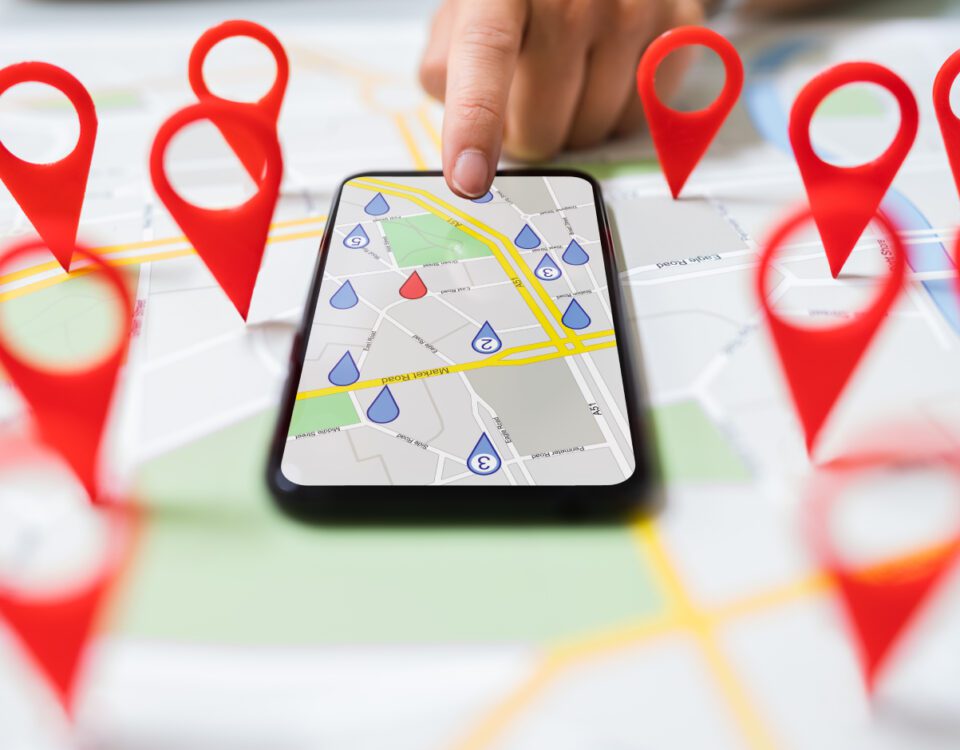Share
Building brand awareness should be at the forefront of your marketing strategy. Without it, people won’t know what your business offers, what values it stands for, what it wants to achieve and how it can meet their needs - that’s why it’s essential to focus on getting your name out there and showing prospective customers what they can expect from your brand. After all, you could have the best product or service in your industry, but if your discoverability is low, people won’t know that your business exists and therefore won’t be able to convert, resulting in stagnant revenue. Keep reading to learn more about the importance of brand awareness and how you can increase yours.
Stages of Brand Awareness
Let’s start by taking a look at the various stages of brand awareness so you can figure out which level your business is currently at.
1. No awareness
As the name suggests, at this stage, people haven’t heard of your brand - or they’ve heard of it in the past but have since forgotten about it. They may be in the market for a product or service like yours and are beginning to research brands that will meet their wants and needs.
2. Brand recognition
Consumers at this level recognise your brand’s name and its visual identity, such as its logo, colour scheme, slogan or packaging. If asked, they could recall a few things about your brand, but they aren’t regular customers and can easily switch to a competitor.
3. Brand remembrance
At this stage, people remember your brand without needing to see or hear a prompt. They immediately think of your brand when your product or service is mentioned, and are regular customers - although they may still occasionally buy from your competitors too.
4. Brand differentiation
Now, customers have become loyal fans of your brand, preferring it over all others available on the market. They can quickly and easily tell your brand apart from competitors, and can immediately identify if they’ve been given a dupe of your product or service. They’re also highly likely to recommend your brand to their peers.
Find Out if People Know Your Brand
There are various tasks you can carry out to learn how familiar people are with your brand - and therefore how much work you need to do on improving your awareness. You could:
• Run a survey asking members of the public if they’ve heard of your brand and if so, where they would rank it against your competitors; as well as how easily recognisable they think it is.
• Carry out Social Listening - monitor your brand name across social media to see how often people are talking about it, in both tagged and untagged mentions.
• Track the reach and impressions of your social media content (both organic and paid) to find out how many people are seeing your brand online.
Carve a Strong Brand Identity
As mentioned above, the world’s biggest and best-known brands have strong and effective identities, which include visual elements like their logos, colour schemes and packaging, as well as non-visual components like their slogan and tone of voice. It’s essential to have a consistent brand presence if you want to boost your brand awareness.
Using a jumble of different fonts, colours, communication styles and imagery throughout your marketing materials can cause confusion for your audience and may leave people wondering what your brand really stands for. Because of this, it’s vital to create a clear branding guideline document that should be followed by all of your internal and external teams - from your graphic designers and content writers to your customer service reps and community managers. This will help solidify your brand in people’s minds and will make it more easily recognisable among audiences.
Run Awareness Ads
While organic content alone can be sufficient for brands that are already well-established and widely known, paid advertising campaigns are highly beneficial for startups and businesses that are new to the scene and need a helping hand with their initial promotion. This can include:
• Social media ads
The ads and boosted posts you see on platforms like Facebook and Instagram.
• Search ads
The promoted links that appear at the top of Google search results.
• Display ads
The banners you see down the sides of web pages and the ads that play before YouTube videos.
Naturally, to build brand awareness, you’ll want to choose the awareness objective when setting up your ad, and focus primarily on maximising your reach and impressions. There are plenty of other metrics that can also be monitored via digital ads (such as engagements and link clicks) but reach and impressions are the most significant ones when it comes to brand awareness, as these show you how many people have viewed your ad - even if they didn’t take any further action.
Search Engine Optimisation
As well as paid search ads, don’t forget to focus on SEO (search engine optimisation) too - this means organically optimising your brand’s website to make sure it’s easily discoverable online and ranks highly within the SERP (search engine results page). SEO is divided into 3 types:
• Technical optimisation
This means minimising your website’s loading speed, improving its navigability, fixing broken links and increasing mobile-friendliness.
• On-page optimisation
This means adding title tags and meta descriptions to your pages, incorporating appropriate keywords into your content, using the correct heading tags, adding alt text to images and more.
• Off-page optimisation
This means conducting tasks outside of the site itself that will improve its reputation, such as earning backlinks and positive customer reviews, and writing guest posts on other people’s blogs.
You can learn more about SEO in our beginner’s guide here.
Proactive Engagement
Proactive engagement is another great way to boost awareness. By tracking keywords and phrases that are relevant to your brand and industry on social media, you can interact with users who haven’t yet heard of your brand but are on the lookout for a product or service that you offer. Plus, if your business is location-based (such as a restaurant or retail store) you can also monitor keywords relating to your local area, allowing you to start conversations with people who are specifically searching for brands like yours within your town or city.
You can either use a dedicated social listening tool, which will directly notify you of any posts containing your tracked terms, or you can simply look them up natively on each social platform using the search bar.
Collaborations & Partnerships
Consider partnering up with another brand or a creator from your industry - preferably one with a sizeable following - who can introduce your brand to their existing audience. This could be in the form of a competition or giveaway, an Instagram story takeover, a Q&A session or simply a sponsored product promotion.
Before requesting a collaboration with a brand or influencer, do your research to confirm that their values align with yours and that their audience fits the demographic you’d like to appeal to. Working with someone who is untrustworthy or has been involved in controversies in the past could damage your reputation, and similarly, partnering with a creator whose followers aren’t within your target market will make the collaboration irrelevant and won’t achieve your desired awareness goals.
Learn more about social media collaborations in this blog post.
Post Content Regularly
Even if you decide to stick to an organic strategy instead of a paid one, you should still post content regularly so your brand stays at the forefront of people’s minds. Posting infrequently puts you at risk of losing followers, increases the likelihood of your customers switching to your more active and attentive competitors, and will cause people to forget about your brand.
On the other hand, it’s important not to bombard your audience with excessive content, as nearly 60% of consumers say they find it annoying when brands post too many promotional messages. Instead, aim to create a consistent schedule that prioritises high quality content while also helping your brand maintain relevance.
Provide Positive Experiences
People are much more likely to sing your brand’s praises and recommend it to their peers if you’re providing great, memorable experiences - especially when it comes to customer service. Positive reviews and testimonials are among the best organic ways to build brand awareness, as they fall under the category of ‘earned media’, aka free advertising that your brand hasn’t had to create itself.
In fact, 72% of consumers will share a positive experience with at least 6 people, confirming the undeniable link between customer satisfaction and word-of-mouth marketing.
Summary
No matter the size of your business - from local startups to nationwide companies - building and maintaining brand awareness is key if you want to stay relevant and connected with your audience. Customers flock to brands that are recognisable, trustworthy and have excellent reputations, so if you aren’t putting effort into promoting your business and its USPs, it’s unlikely that you’ll be able to retain customers or attract new ones. Remember, conversions can only take place once people feel comfortable and confident with your brand, so focus on building an effective brand awareness strategy first - the rest will fall into place thereafter.
Contact us today to find out how our team of social media experts can help spread the word about your business!










